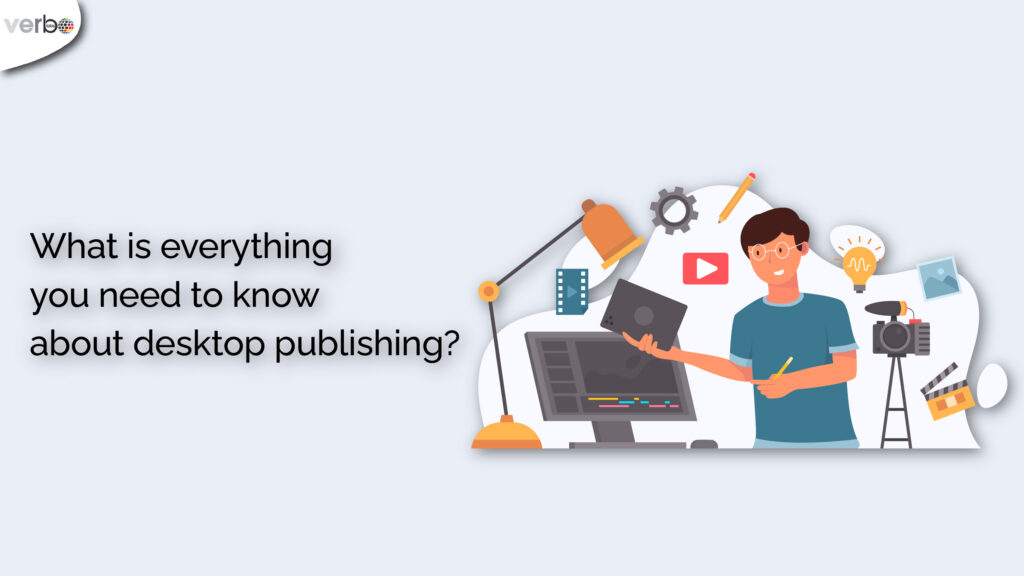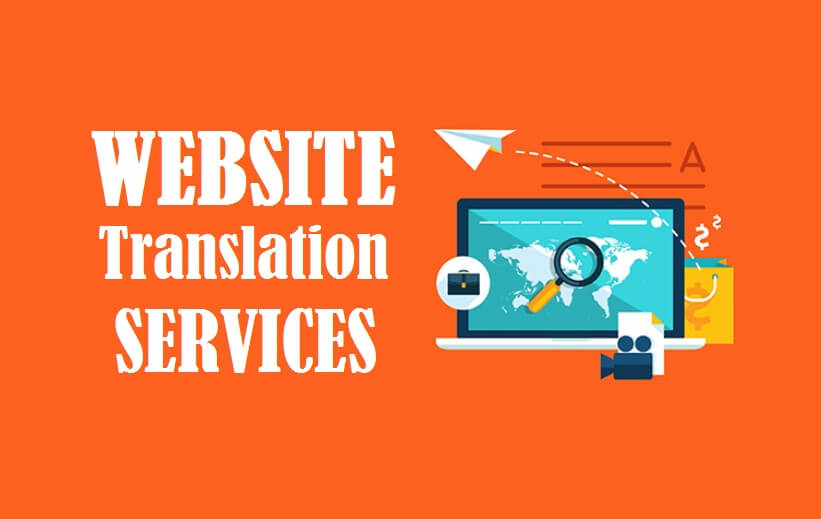Desktop publishing (DTP) is a powerful tool that enables individuals and businesses to create visually appealing documents, from brochures and newsletters to magazines and books. In this guide, we’ll explore everything you need to know about desktop publishing, from its basics to advanced techniques.
1. Understanding Desktop Publishing
Desktop publishing involves using software to create and design visual content for print or digital distribution. It combines elements like text, images, and graphics to produce professional-looking documents.
2. Essential Desktop Publishing Software
1. Adobe InDesign: Widely used for its advanced layout features, InDesign is a go-to choice for professional designers working on print and digital projects.
2. Microsoft Publisher: A user-friendly option, especially for beginners, Publisher offers a range of templates for creating various documents.
3. QuarkXPress: Known for its precision and versatility, QuarkXPress is popular among designers working on intricate layouts.
3. Basic Elements of Desktop Publishing
1. Text Formatting: DTP software allows you to customize fonts, sizes, styles, and spacing, ensuring your text looks polished and readable.
Example: Adjusting paragraph styles in InDesign for consistent formatting.
2. Images and Graphics: Incorporate high-quality images and graphics into your document to enhance visual appeal.
Example: Importing and manipulating images in Publisher for a brochure.
4. Page Layout and Design Principles
1. Grids and Guides: Use grids to maintain alignment and guides to structure your layout effectively.
Example: Creating a grid system in QuarkXPress for a magazine layout.
2. Color Schemes: Choose color palettes that complement your content and convey the desired mood or message.
Example: Applying a cohesive color scheme in InDesign for a product catalog.
5. Advanced Desktop Publishing Techniques
1. Master Pages: Streamline your design by using master pages for consistent elements throughout the document.
Example: Using master pages in InDesign for headers and footers in a book.
2. Interactive Features: For digital publications, incorporate interactive elements like hyperlinks, buttons, and multimedia.
Example: Adding interactive buttons in a digital brochure using InDesign.
6. Preparing for Print
1. Resolution and Bleed: Ensure images are high resolution, and include bleed for professional printing.
Example: Setting up bleed and resolution in QuarkXPress for a poster.
2. Exporting Formats: Understand different file formats for print and digital distribution.
Example: Exporting a PDF for print in InDesign.
7. Desktop Publishing for Online Platforms
1. Responsive Design: Design content that adapts to various screen sizes for online readability.
Example: Creating a responsive newsletter layout in Publisher.
2. Social Media Graphics: Customize designs for sharing on social media platforms.
Example: Designing Instagram posts in InDesign.
8. Resources and Learning
1. Tutorials and Courses: Explore online tutorials and courses to enhance your desktop publishing skills.
Example: Learning advanced techniques through Adobe InDesign tutorials.
2. Inspiration and Communities: Join design communities and draw inspiration from others’ work.
Example: Participating in design forums to get feedback on your projects.
Advantages of Desktop Publishing
Desktop publishing (DTP) offers a multitude of advantages, revolutionizing the way we create and present documents. Here’s a detailed exploration of the key advantages of desktop publishing:
1. Professional-Quality Layouts:
Desktop publishing empowers users to create professional-looking layouts with precision and sophistication. With features like grids, guides, and advanced typography controls, DTP software allows for meticulous design, ensuring documents appear polished and visually appealing.
2. Cost-Effective Production:
Traditional printing processes can be expensive, especially for small-scale projects. Desktop publishing enables cost-effective production by eliminating the need for extensive pre-press work. Users can design, edit, and proofread their documents digitally, reducing overall production costs.
3. Time Efficiency:
DTP significantly reduces the time required to produce high-quality documents. The ability to edit and make changes on the fly accelerates the design process. Additionally, templates and style guides streamline repetitive tasks, saving time on consistent formatting.
4. Versatility in Design:
Desktop publishing software provides unparalleled versatility in design. Users can incorporate a variety of elements such as text, images, charts, and graphs seamlessly. This flexibility is essential for creating diverse documents, from brochures and newsletters to posters and books.
5. WYSIWYG (What You See Is What You Get):
The WYSIWYG interface in DTP allows users to see the document as it will appear in its final form. This real-time preview enhances accuracy and reduces the chances of errors, ensuring that the design matches the creator’s vision.
6. Digital and Print Compatibility:
Desktop publishing accommodates both digital and print formats, providing a versatile solution for various communication needs. The same document can be easily adapted for online distribution or high-quality print, maintaining consistency across different platforms.
7. Customization and Personalization:
DTP software allows for extensive customization. Users can tailor layouts, fonts, colors, and images to match the specific requirements of their projects. This level of personalization is crucial for branding and creating unique, eye-catching materials.
8. Collaboration and Remote Work:
With the rise of remote work, desktop publishing facilitates collaboration among team members regardless of their physical locations. Files can be easily shared and edited, fostering a collaborative and efficient workflow.
9. Integration with Other Software:
DTP software often integrates seamlessly with other design and editing tools, expanding the creative possibilities. Users can import content from image editing software, vector graphics programs, and word processors, enhancing the overall design process.
10. Continuous Editing and Updates:
One of the standout advantages of desktop publishing service is the ability to make continuous edits. Users can update content, correct errors, and make improvements even after the initial design phase. This flexibility is especially valuable in dynamic industries where information changes frequently.
11. Accessibility for Non-Designers:
Desktop publishing software is designed to be user-friendly, making it accessible to individuals with varying levels of design expertise. This democratization of design tools empowers non-designers to create professional-quality materials without extensive training.
Conclusion:
Mastering desktop publishing opens up a world of creative possibilities. Whether you’re crafting printed materials or digital content, understanding the principles and tools of DTP empowers you to bring your ideas to life with professional flair. So, dive into the world of desktop publishing, experiment with different software, and watch your creativity unfold on the virtual and physical pages of your projects.



